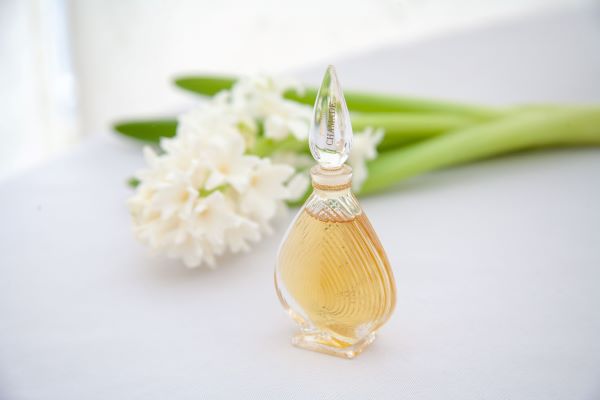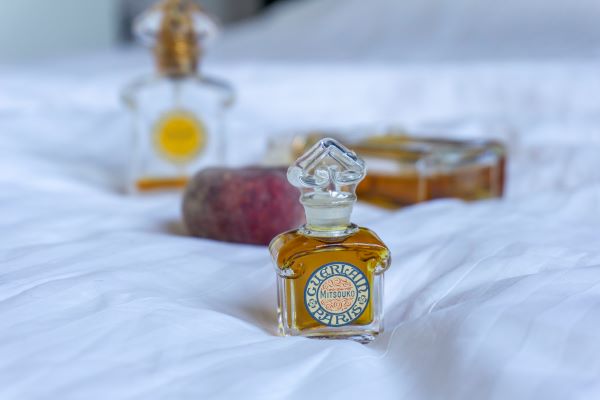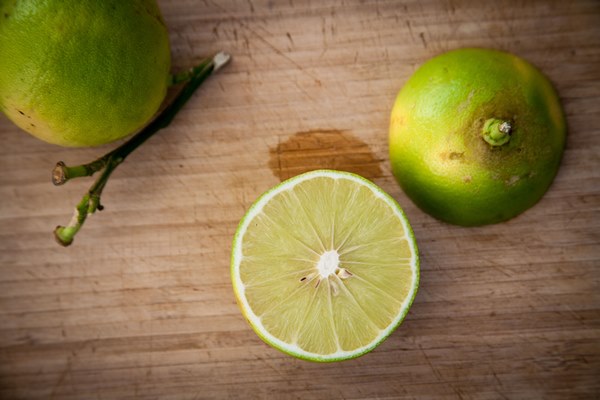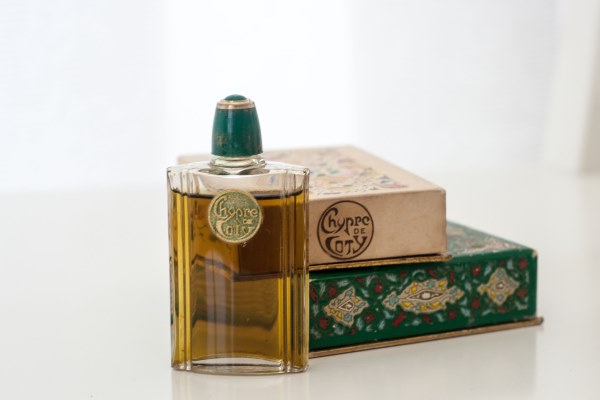What Makes A Perfume Great
“The art of fortunate proportions” is how Edmond Roudnitska described perfumery. According to the legendary perfumer, a good fragrance has balance and an original form, a simple idea that is far from easy to realize. Roudnitska spent his career creating fragrances that exemplify perfumery at its most artistic—Christian Dior Diorissimo, Eau Sauvage, Diorella, and Rochas Femme. His compositions have elegance and character, but one of the distinctive trademarks of Roudnitska’s style is balance.

When I speak of balance in perfumery, I mean both the aesthetics and the technique. Consider Guerlain’s Chamade, one of the most perfectly balanced fragrances. From the bright green top notes to the rose and hyacinth heart and the velvety woody notes, the perfume unfolds like a silk scroll. Similarly modulated is Dior’s Diorissimo, where the musky and spicy notes balance out the floral and green accords.



















Kaisa in Perfume To Brighten Up Your Spring Days: I think you really captured something (sadly) when you said today’s perfumes are designed to be likeable rather than memorable. I would add “instantly” likeable; drydowns are often disappointing. There… April 20, 2024 at 2:56am